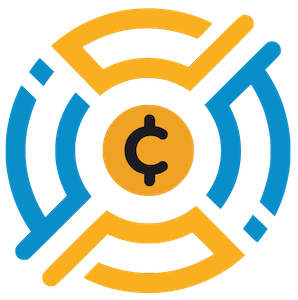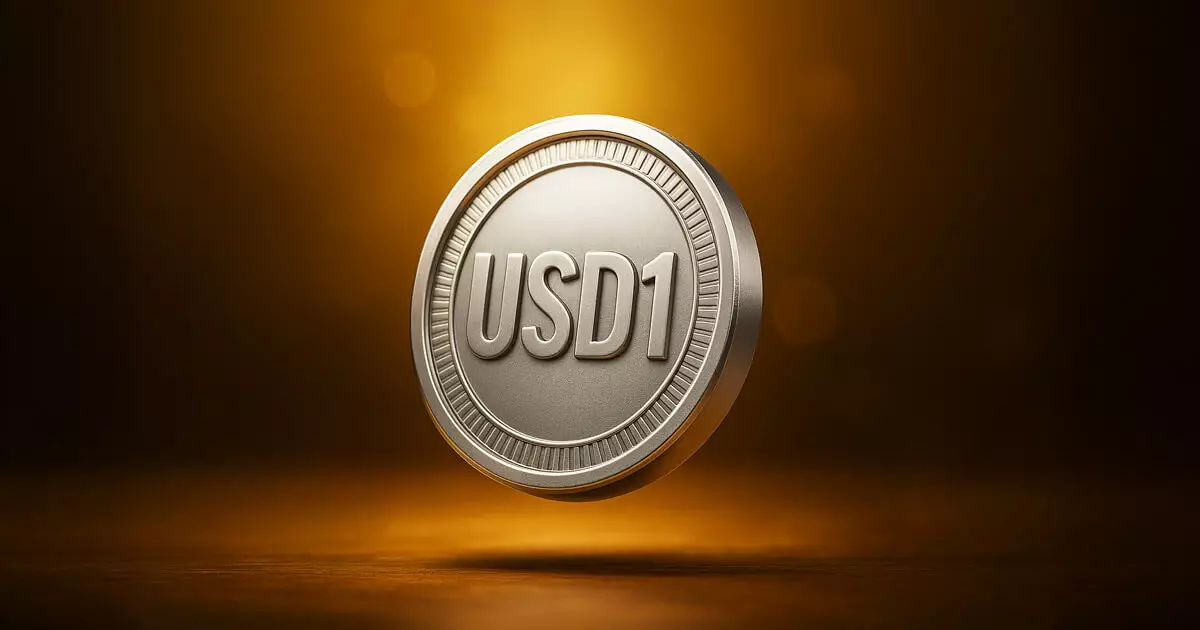In an unprecedented move, Binance—the leading cryptocurrency exchange by trading volume—has announced its plans to list the USD1 stablecoin, an innovative financial tool affiliated with a venture linked to the Trump dynasty, World Liberty Financial (WLFI). Such an undertaking not only speaks volumes about Binance’s confidence in the potential of USD1 but also signals an intriguing shift in the crypto landscape. This listing raises eyebrows, particularly because it intertwines traditional financial stability—represented by the U.S. dollar—with the dynamic world of decentralized finance (DeFi).
Geographical Limitations Challenge Accessibility
However, despite the excitement around this new trading opportunity, Binance’s announcement comes with geographic limitations that cannot be overlooked. Individuals in significant markets such as the European Economic Area, parts of Canada and Ukraine, and most notably, the United States, have been restricted from trading USD1. This move creates an ironic dichotomy: the ambition to democratize finance is undermined when large portions of potential users are excluded from participation. Binance’s selective admission feels contradictory to the ethos of cryptocurrency, which champions universal access.
The Expanding Landscape of USD1
The USD1’s ascent is noteworthy, especially as it joins a competitive market amid interest from various platforms including KuCoin and HTX. The recognition by these exchanges is a testament to its growing stature and calls into question the sustainability of pre-existing stablecoins that have dominated the space. If WLFI continues its momentum, it may very well signal the diversification of stable currencies in the market—potentially overshadowing well-established players, provided the necessary partnerships and integrations are in place.
Strategic Partnerships for a Broader Reach
The strategic collaborations that WLFI is forging to enhance the utility of USD1 are also telling. The integration with Chainlink’s Cross-Chain Interoperability Protocol (CCIP) will enable USD1 to function seamlessly across various blockchain networks, thereby amplifying its reach and user adoption. By building bridges between different ecosystems, WLFI is showing a foresight that few projects can claim. This approach carves a path that could empower millions of underbanked individuals, aligning with WLFI’s mission to democratize access to modern financial resources—a noble pursuit.
Can USD1 Truly Empower the Underbanked?
Zach Witkoff, co-founder of WLFI, articulates a vision of finance that is both borderless and dollar-backed. But here lies the crux of the issue: while the vision is commendable and sets a positive precedent, the scalability and execution of such ideals remain in question. One can argue that merely creating a stablecoin is not enough; what about infrastructure? Education? User trust? Without addressing these fundamental concerns, the mission to empower 1.4 billion unbanked individuals may end up being just that—a mission, not a reality.
As we forge ahead in this unpredictable territory, it’s essential to scrutinize how well-drafted plans measure up against practical application. The arrival of USD1 is exciting, but its successful implementation will depend on navigating the paradoxes of crypto finance—where ambition and accessibility must coincide.

